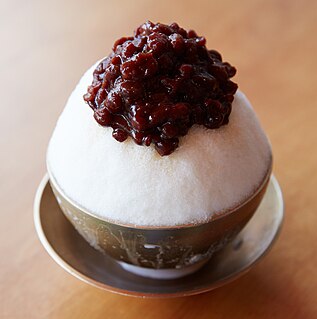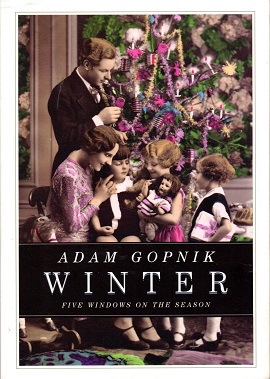 W
WBingsu, sometimes Anglicized as bingsoo, is a popular Korean shaved ice dessert with sweet toppings that may include chopped fruit, condensed milk, fruit syrup, and red beans. The most common variety is pat-bingsu, the red bean shaved ice.
 W
WThe dump months are what the film community calls the two periods of the year when there are lowered commercial and critical expectations for most new releases from American filmmakers and distributors. Domestic audiences during these periods are smaller than the rest of the year, so no tentpole movies are released. January and February are usually most commonly described this way, with August and September sometimes included. Releases during those times primarily include films that would have been released at other times of year had they done better at test screenings, films with less prominent stars, genre films, movies that cannot be easily marketed and films intended for a teenage audience, which has fewer entertainment options outside the home.
 W
WJack Frost is a personification of frost, ice, snow, sleet, winter, and freezing cold. He is a variant of Old Man Winter who is held responsible for frosty weather, nipping the fingers and toes in such weather, coloring the foliage in autumn, and leaving fern-like patterns on cold windows in winter.
 W
WMidvinterblot is a painting by the Swedish painter Carl Larsson, created in 1915 for the hall of the central staircase in Nationalmuseum in Stockholm. It has been called Sweden's most controversial painting.
 W
WMarzanna, Marena, Mara, Morana, Morena or Mora is a pagan Slavic goddess associated with seasonal rites based on the idea of death and rebirth of nature. She is an ancient goddess associated with winter's death, rebirth and dreams. In ancient Slavic rites, the death of the Goddess Marzanna at the end of winter becomes the rebirth of Spring of the Goddess Kostroma (Russian), Lada or Vesna representing the coming of Spring.
 W
WNaengmyeon or raengmyŏn is a Korean noodle dish of long and thin handmade noodles made from the flour and starch of various ingredients, including buckwheat, potatoes, sweet potatoes, arrowroot starch, and kudzu. Buckwheat predominates. Other varieties of naengmyeon are made from ingredients such as seaweed and green tea.
 W
WOld Man Winter is a personification of winter. The name is a colloquialism for the winter season derived from ancient Greek mythology and Old World pagan beliefs evolving into modern characters in both literature and popular culture.
 W
WRussian Winter, sometimes personified as "General Frost" or "General Winter", is an aspect of the climate of Russia that has contributed to military failures of several invasions of Russia. Mud is a related contributing factor that impairs military maneuvering in Russia and elsewhere, and is sometimes personified as "General Mud". Russians call those muddy conditions, rasputitsa, which occur with autumnal rains and spring thaws in Russia and make transport over unimproved roads difficult.
 W
WA warming center is a short-term emergency shelter that operates when temperatures or a combination of precipitation, wind chill, wind and temperature become dangerously inclement. Their paramount purpose is the prevention of death and injury from exposure to the elements. This may include acute trauma from falling objects such as trees, or injury to extremities due to frostbite. A more prevalent emergency which warming centers seek to prevent is hypothermia, the risk for which is aggravated by factors such as age, alcohol consumption, and homelessness.
 W
WWinter: Five Windows on the Season is a nonfiction book written by Adam Gopnik for the 2011 Massey Lectures. Each of the book's five chapters had been delivered as a one-hour lecture discussing artistic portrayals of winter: its impact on culture and societies, polar exploration, and winter recreation. Each lecture was held in a different Canadian city: Montreal on October 12, Halifax on October 14, Edmonton on October 21, Vancouver on October 23, and ending in Toronto on October 26. The book was published by House of Anansi Press while the lectures were broadcast on CBC Radio One's Ideas between November 7 and 11.